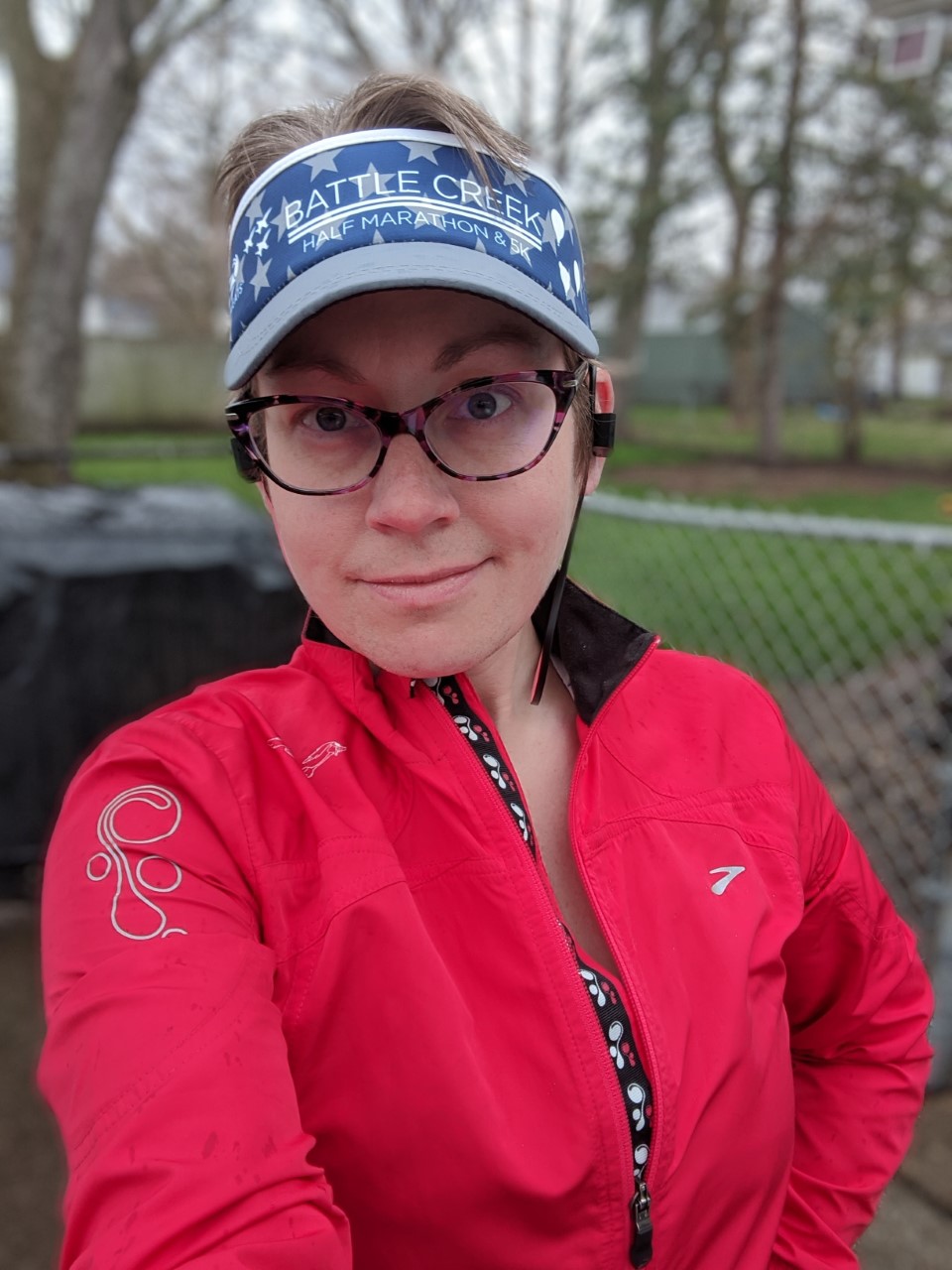
This article was written by Jessica VanderKolk, Communications Manager for the City of Battle Creek. Jessica wrote this article as part of the Crisis Management Cohort with Drucker Institute. Read all the articles from the cohort. Connect with Jessica on email, Twitter, or LinkedIn.
I am Jessica VanderKolk, Communications Manager for the City of Battle Creek – the Cereal City and home of Kellogg’s world headquarters – in southwest Michigan. You may know me from the Morning Buzz schedule, #CityHallSelfie #CityHomeSelfie day and #localgov #socialgov Twitter.
Our city has experienced a variety of crises in the last three years. We worked through a system-wide drinking water advisory, two system-wide boil water advisories, and now the COVID-19 pandemic. In that time, I have worked to educate myself through FEMA’s Incident Command and Public Information Officer training and felt thrilled to join ELGL’s Crisis Management Cohort.
While we would all like to think 2020 has peaked with its crisis offerings, we also know it is only a matter of time before we find ourselves in the middle of another community response. A lesson and exercise in this cohort about preempting crises intrigued me, and I considered some plans I can develop to help with our boil water advisories, in particular.
My goal is to provide more education to our community when we are NOT in crisis. Water main breaks are a regular occurrence anyway, but a full-system impact naturally scales up the number of questions – Is it OK to shower? Can I do laundry? Why is my water brown? If we share regular informational campaigns about what the advisory means and answer those questions, it might help calm fears, and arm people with the knowledge they need when the neighborhood (or larger) break and advisory strike again.
I am a storyteller by nature – and education – so I am eager to develop a series of videos, graphics, and more to share this information. These also will be reference points I can share with our community as needed, instead of answering as many individual questions and messages.
One of our most difficult cohort lessons, but arguably one of the most important, was about planned abandonment. I have never developed a NOT-to-do list, and the colleagues I asked could not think of a task I do that wastes others’ time.
However, I am a communications staff of one, with an unsustainable to-do list, and many new ideas I want to develop. While I have some help with day-to-day tasks, I often feel like I can’t ever catch up, let alone try something new. What to do?!
During the COVID crisis, I have stopped doing some things that likely won’t come back in the same way, if at all. Our city uses Priority Based Budgeting, and ranking my communication programs through this cohort gave me some unexpected ideas of responsibilities I could empower others to take on. This would give me time and space for some of those new ideas.
I am also encouraged and motivated to protect my time and manage expectations from my city team. A process I am in the early stages of abandoning is checking my email immediately, every time a new message pings. This can interrupt my workflow and focus, and sets the expectations that I will always reply immediately, and can address someone’s needs immediately. There is nothing like a crisis to drive home how difficult it is to maintain this process and keep one’s sanity.
On some recent days taking a break from work, my first in 2020, I took the obvious, yet epiphanous, step of turning off the work email notifications to my phone and smartwatch. I recently picked up this tip from a local government peer and, with the hope of protecting my mental health, changed that setting. As someone with a 24/7 role, this seemingly small move felt incredibly freeing.
The pandemic has rocked our worlds so drastically, and this cohort experience gave me a thoughtful way to process that, and brainstorm on my own, and with a great group of peers, on how to keep moving forward.
